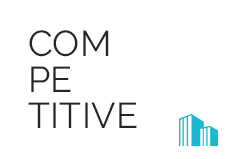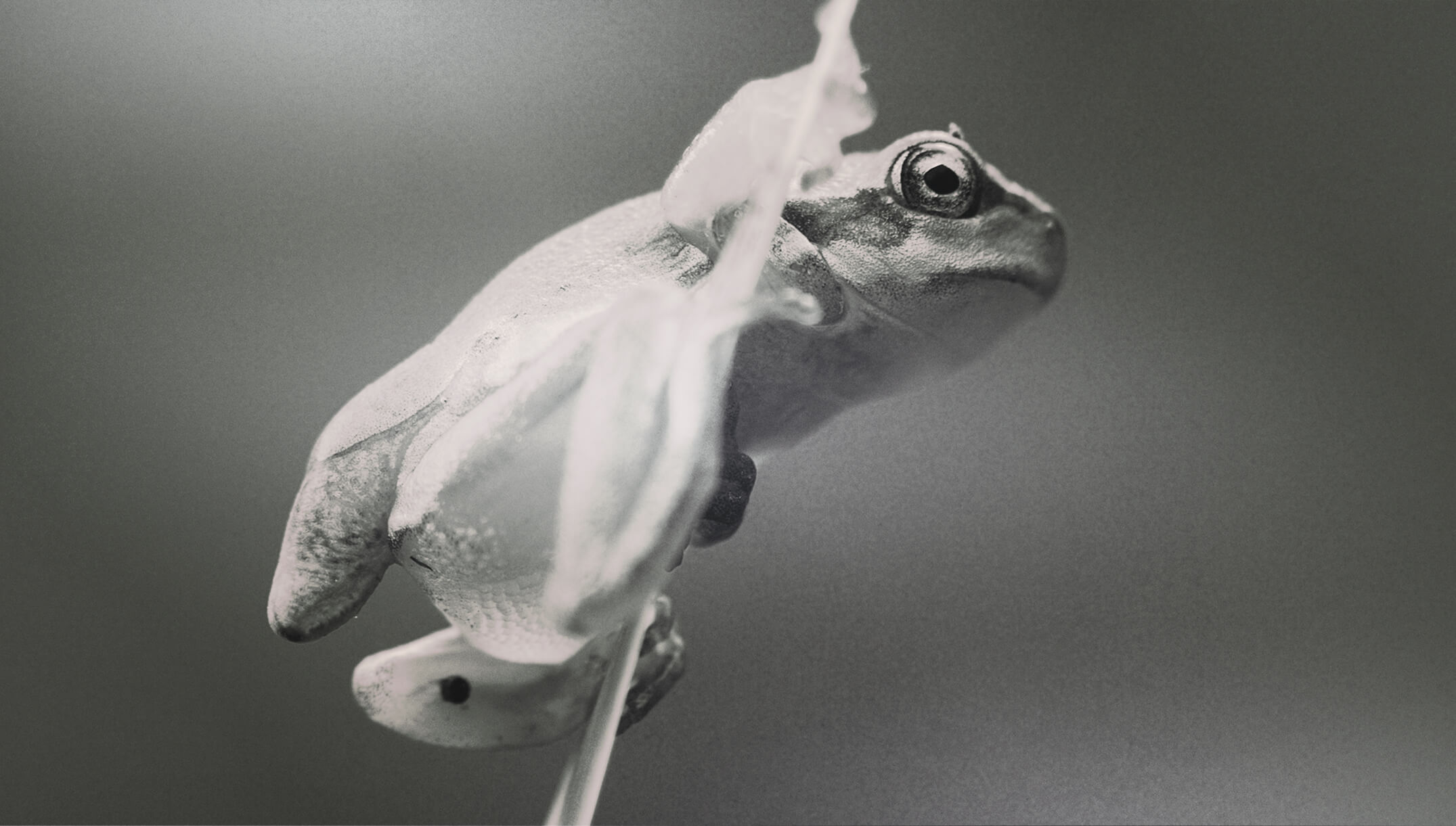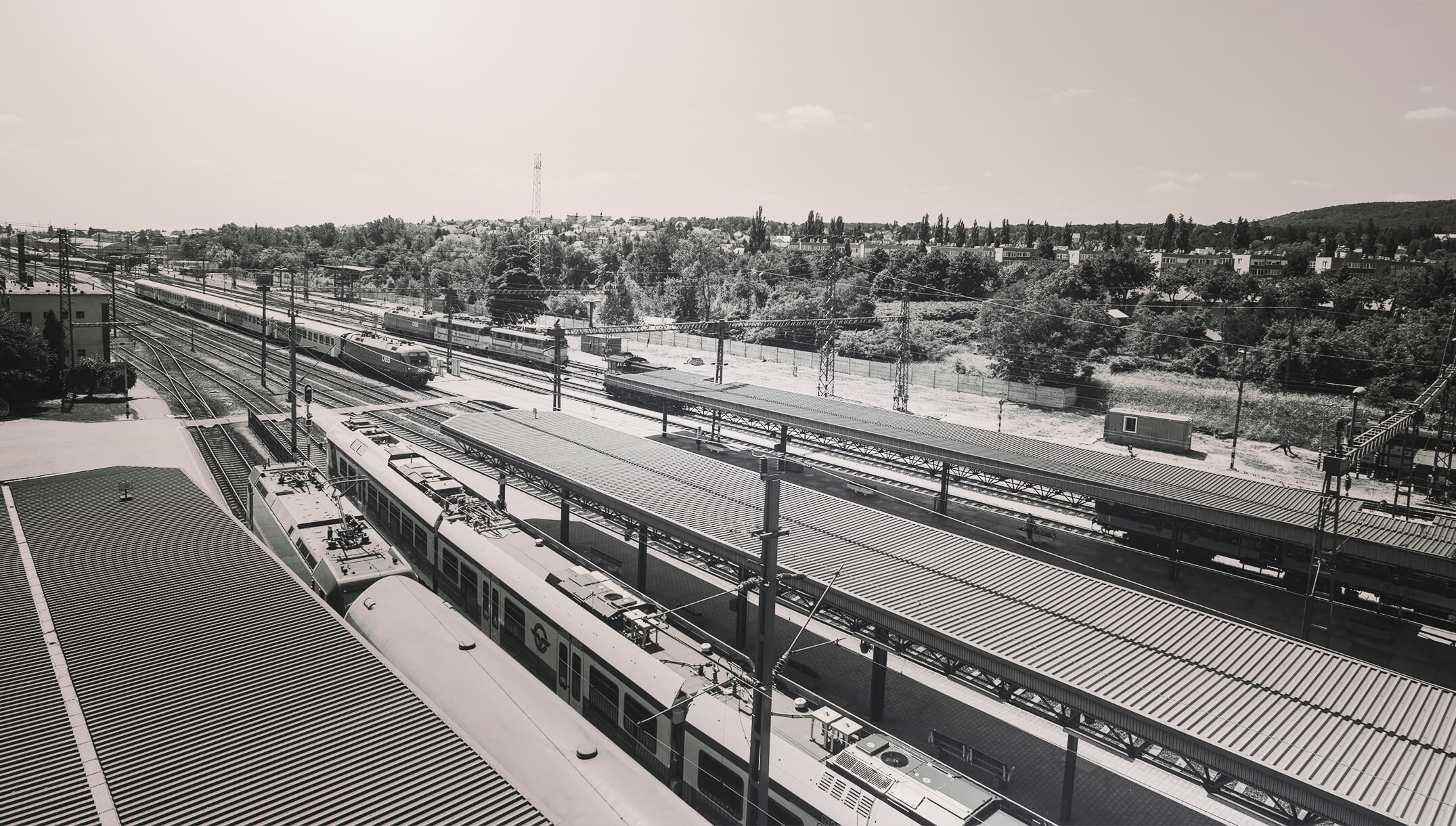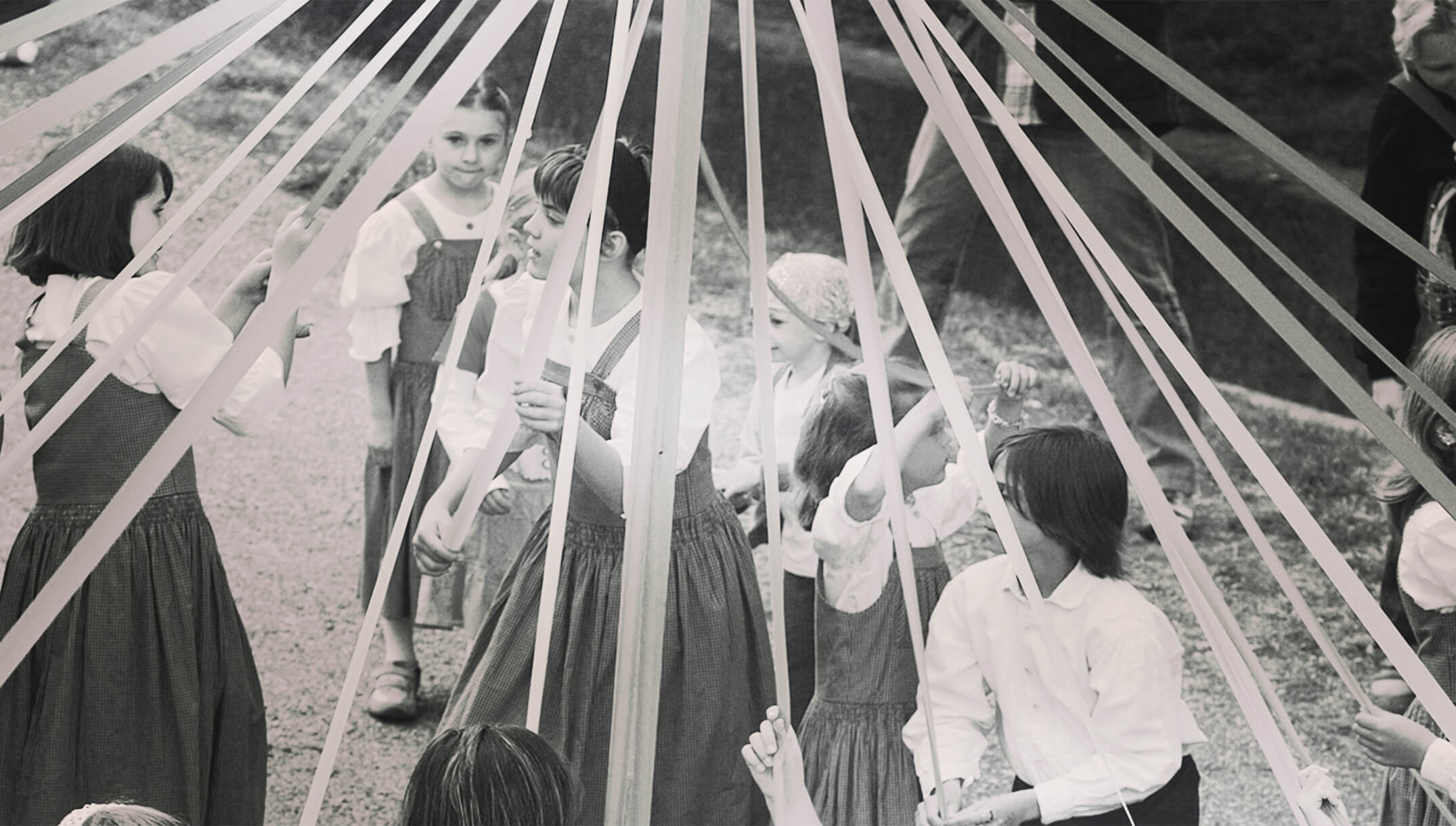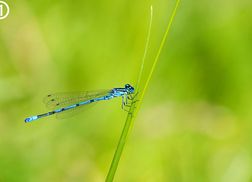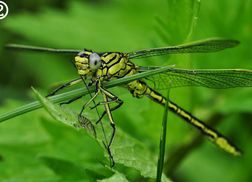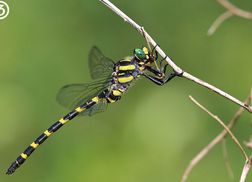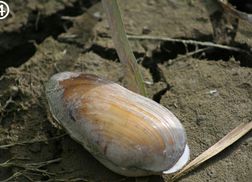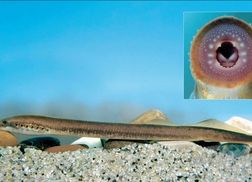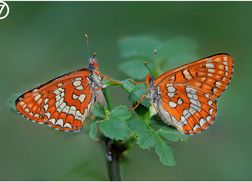WeCon: follow the fish and discover AT-HU Wetlands
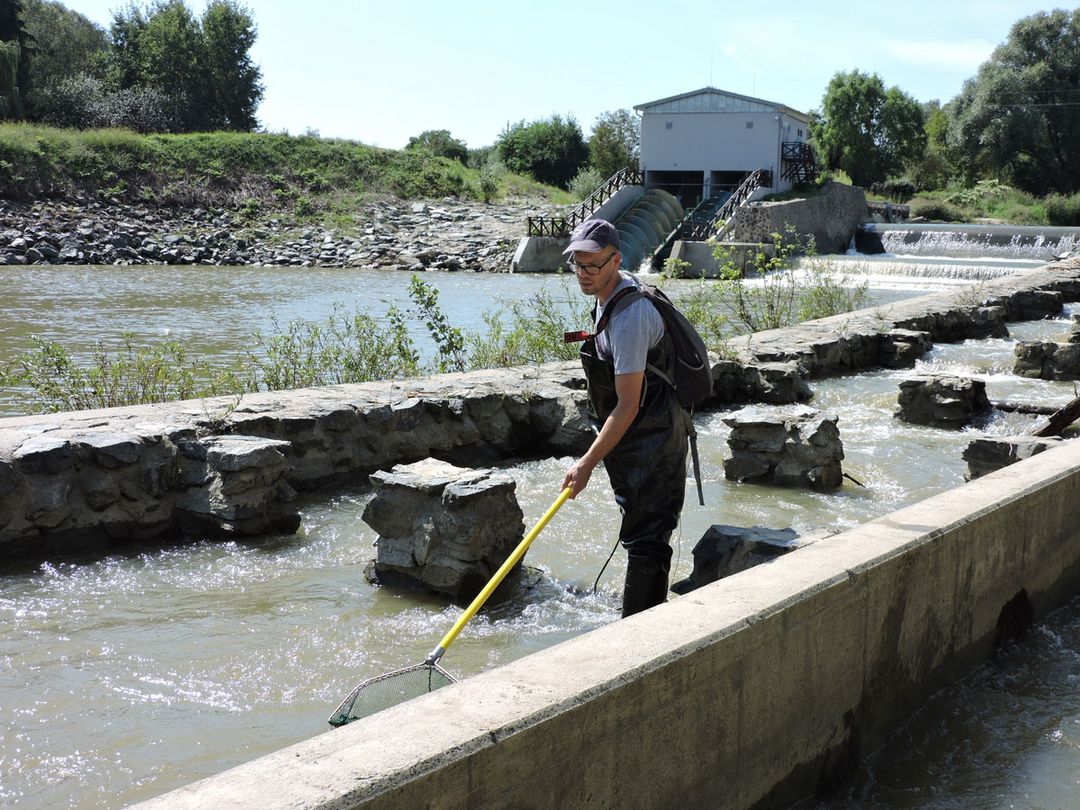
Project WeCon stands out with its outstanding geographical coverage (almost 44,000 hectares) and a global approach encompassing the analysis of a 60 species -ranging from butterflies to mussels by way of microscopic invertebrates- and 10 different habitats in watercourses and catchment areas of our AT-HU region –e.g. Rabnitz/Rábca, Güns/Gyöngyös, Pinka-, all data being entered in a common GIS database. Other strengths of the project include its focus on mitigating the biodiversity loss induced by disruptions of water flows, i.e. dams, and invasive species for which watercourses form a specific transport medium. Finally, great attention is paid to areas outside the Natura 2000 network and to ecological corridors to foster the interconnectedness of habitats. What a plan!
Habitats and species in motion
The project partners –National parks Őrség and Fertő-Hanság, Biology Station Neusiedler See and the League for Nature Conservation - Styrian section – undertook a challenging process of timely coordinated and harmonized surveys in Western Transdanubia, Burgenland and Styria. Just to give you an idea of the orders of magnitude: As for aquatic invertebrates, a total of 219 sites were surveyed and the occurrence of 31 protected species revealed, in Hungary only!
Among others, 9 new breeding sites of the ornate bluet dragonfly (1) were detected and significant stocks of green snaketail (2) and Cordulegaster heros (3) dragonflies as well as thick shelled mussels (4) confirmed. As for fishes, surveys revealed at one site the presence of the rare European Bullhead (5) and widespread populations of the highly protected Ukrainian brook lamprey (6). Beetles and butterflies were also thoroughly examined, results showing for example that hundreds of rare fritillary butterflies (7) settled in the Kenyeri region, becoming in this way one of the most significant populations in Western Transdanubia.
Follow the fish!
Power plants and connected dams operating on the Rába and Pinka can negatively impact the water flows and hamper the longitudinal migration of fishes in case fish ladders are not properly designed. To clear it up, 2612 lucky fishes - bleaks, barbels, prussian carps etc.- were marked with chips and their data is collected with RFID technology. Collected data corresponding to 72,258 records is still being processed.
It is remarkable, how experts could observe 9 common barbels which used the fish lift operating in Alsószölnök, and swam at least 8.6 kilometres upstream on river Raab.
Experts’ knowledge & everyone’s awareness
A comprehensive GIS database is now available, and a set of documents will be developed for the entire project area: a nature conservation value cadaster, spotting most areas of major importance, and action plans addressing the issues of invasive species, flood prevention and management, or the need to further support transboundary ecological corridors. Environmental protection experts at the regional and local level will be trained accordingly through workshops.
And what about laymen? Four information panels are to be installed in Burgenland and Styria, and an extensive campaign of awareness-raising to be carried out in schools. A movie and a workbook are also soon to be released!
For more information on the project, please visit the project website:


